
- Why Bigger Drawings Reveal Bigger Mistakes—and Bigger Lessons
- The Comfort Trap: When Small Sketches Hold You Back
- The Power of Large Movements in Sketching
- The Secret to Sketching Big: Consistent Speed, Not Fastness
- Don’t Fear Wasting Paper: Use Bigger Sheets and Reuse
- Challenge Yourself: Dare to Draw Big for One Day
- My Final Tip: Keep Growing by Embracing the Big Picture
Why Bigger Drawings Reveal Bigger Mistakes—and Bigger Lessons
I still remember the first time I took a deep breath and started drawing on a big sheet of paper. It felt like stepping into the unknown—everything looked so huge and every mistake suddenly screamed at me.
When sketches are small, errors hide easily; they’re like little secrets tucked away.
But big drawings? They shine a bright spotlight on every wobble, every misplaced line.
At first, this can be intimidating—and honestly, I felt like hiding behind my tiny notebook many times! But here’s what I learned: those big mistakes are your best teachers.
The bigger your drawing, the clearer your lessons become. Don’t shy away from them—they’re the stepping stones for your growth.
The Comfort Trap: When Small Sketches Hold You Back
It’s totally normal to feel comfortable with small sketches. I used to love my pocket sketchbooks. There’s a cozy feeling drawing small, like whispering a secret instead of shouting.
But over time, I noticed my growth slowing down. It’s a “comfort trap” many beginners fall into. One of my readers shared last year how they’d been sketching small for months, thinking they were improving, only to realize they felt stuck and frustrated.
My advice?
Challenge yourself to push bigger, even if it’s scary at first.
Take that leap gradually—go from A5 to A4, then to A3, feeling your confidence grow with every line.
The Power of Large Movements in Sketching
When I switched to big sketches, I discovered something magical: drawing large meant moving differently. Instead of small wrist motions, you engage your whole arm and shoulder.
It’s like dancing with your pencil across the page.
This change gave my lines more life—fluid, dynamic, and full of personality. To train this, I often started sessions with arm circles and swinging motions before touching the paper.
Try this little exercise: adopt a good drawing posture and draw big circles starting with a light pen pressure. Your lines will thank you!
The Secret to Sketching Big: Consistent Speed, Not Fastness
One thing beginners often get wrong is thinking drawing big means rushing to fill the space. I made this mistake too! But I’ve learned that the secret is a steady, consistent pace—not speed.
Imagine a calm river flowing—it’s smooth, rhythmic, and controlled. That’s how your hand should move. I practiced this by timing myself to draw for five-minute intervals, focusing solely on maintaining an even tempo. The result? Lines that feel alive with confidence and energy.
So next time you sketch big, resist the urge to race—trust the process.
Don’t Fear Wasting Paper: Use Bigger Sheets and Reuse
When starting with big sketches, one hesitation I faced was wasting paper. Big sheets feel precious, and imperfect lines made me anxious. Then I discovered a simple secret that changed everything: reuse!
Old newspapers, scrap paper, anything you can find. One day, I sketched over a magazine page—text and images peeking through my lines—and it felt unexpectedly freeing. To me, this was a gentle reminder that sketches are about exploration, not final products.
My tip: dedicate some cheap or recycled paper as your “playground” where mistakes aren’t bad—they’re welcome.
Challenge Yourself: Dare to Draw Big for One Day
Here’s a tip that transformed my drawing practice: set a personal challenge to draw big for just one whole day. No tiny sketches allowed!
At first, it felt awkward, like dancing under a spotlight. But by the end of the day, my hands felt looser, my lines bolder, and my confidence soared.
One of my blog readers once emailed me after trying this challenge saying it broke their fear and opened up new energy for sketching. So I invite you to try this dare—you might discover the artist waiting to break free inside you.
My Final Tip: Keep Growing by Embracing the Big Picture
The journey of a designer is a constant dance between courage and curiosity. Every bold, large line you draw is a step into new territory. When you’re tempted to shrink back, remind yourself that mistakes are simply guides to get better.
Use exercises like arm warm-ups, steady-pace sketches, and daily big-sheet challenges to build your skills gently but surely. Most importantly, enjoy the process.
Sketching big is not just about size—it’s about unleashing your creativity, your energy, and your unique vision. Keep daring, keep drawing big, and watch your design journey flourish—line by exciting line.
Cheers,
Chou-Tac

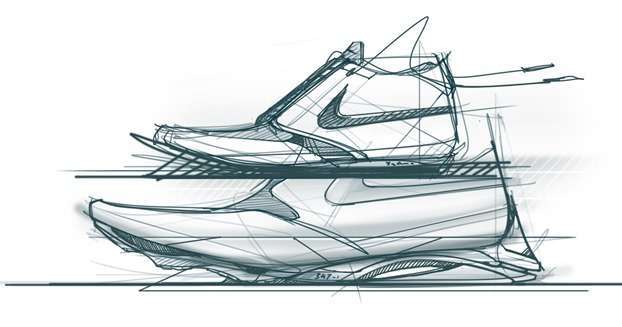
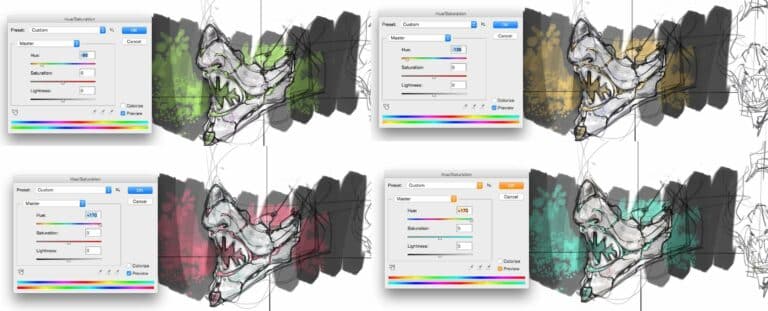
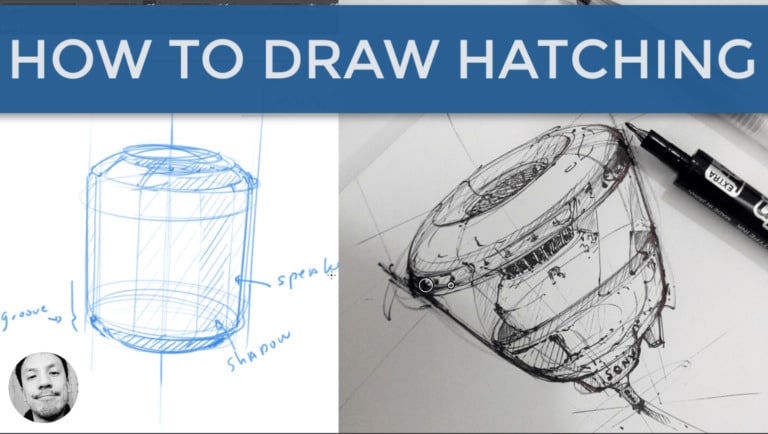



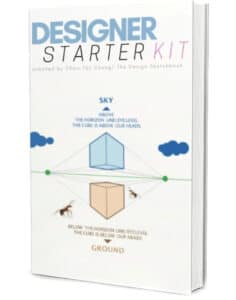


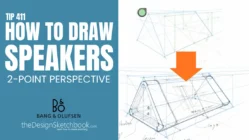
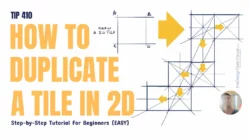
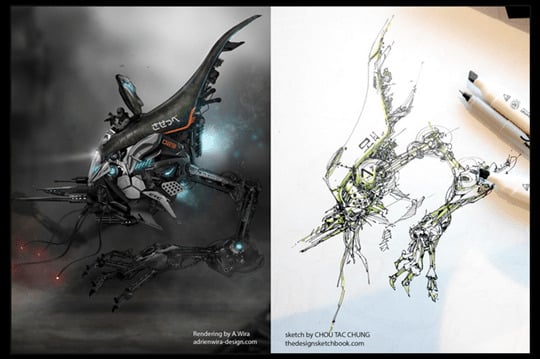

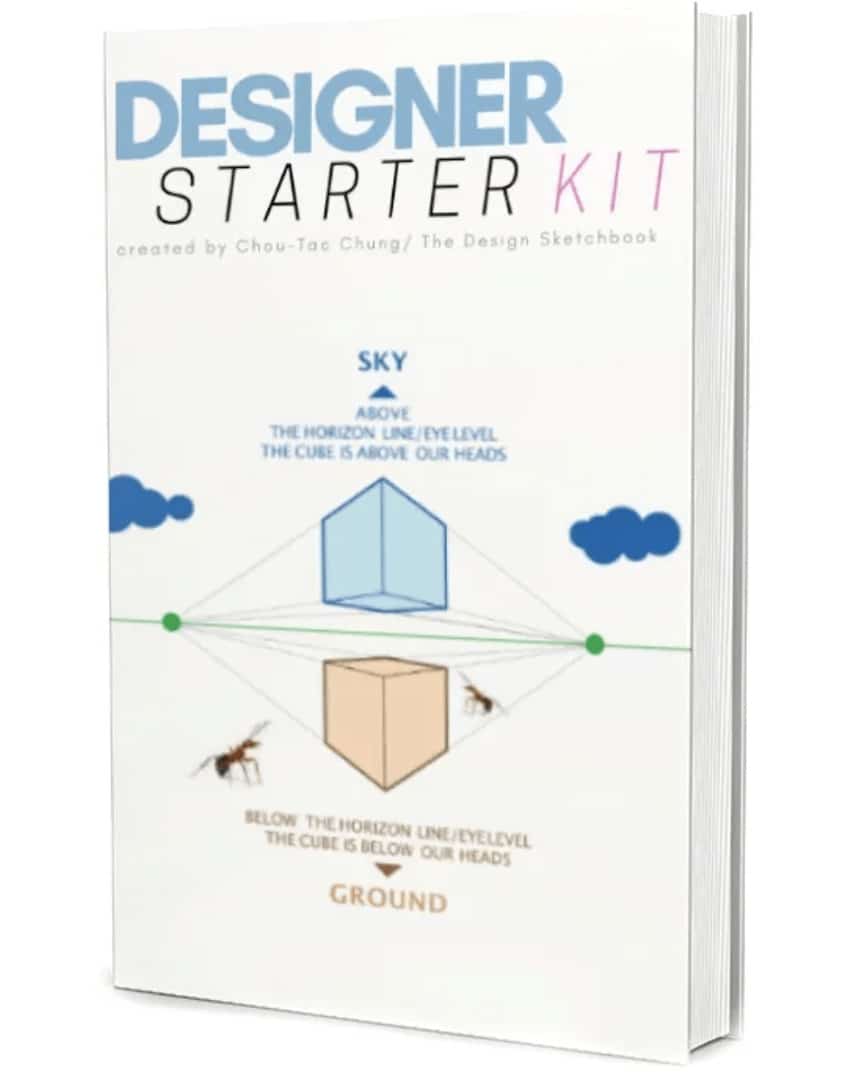


Helpful man thanks a lot.
My pleasure Shubh !
Ever since I started drawing bigger, I quickly noticed problems quicker compare to small sketches which limits your movements.
Hi Brian, so you mean that you found out new problems to solve ? 🙂